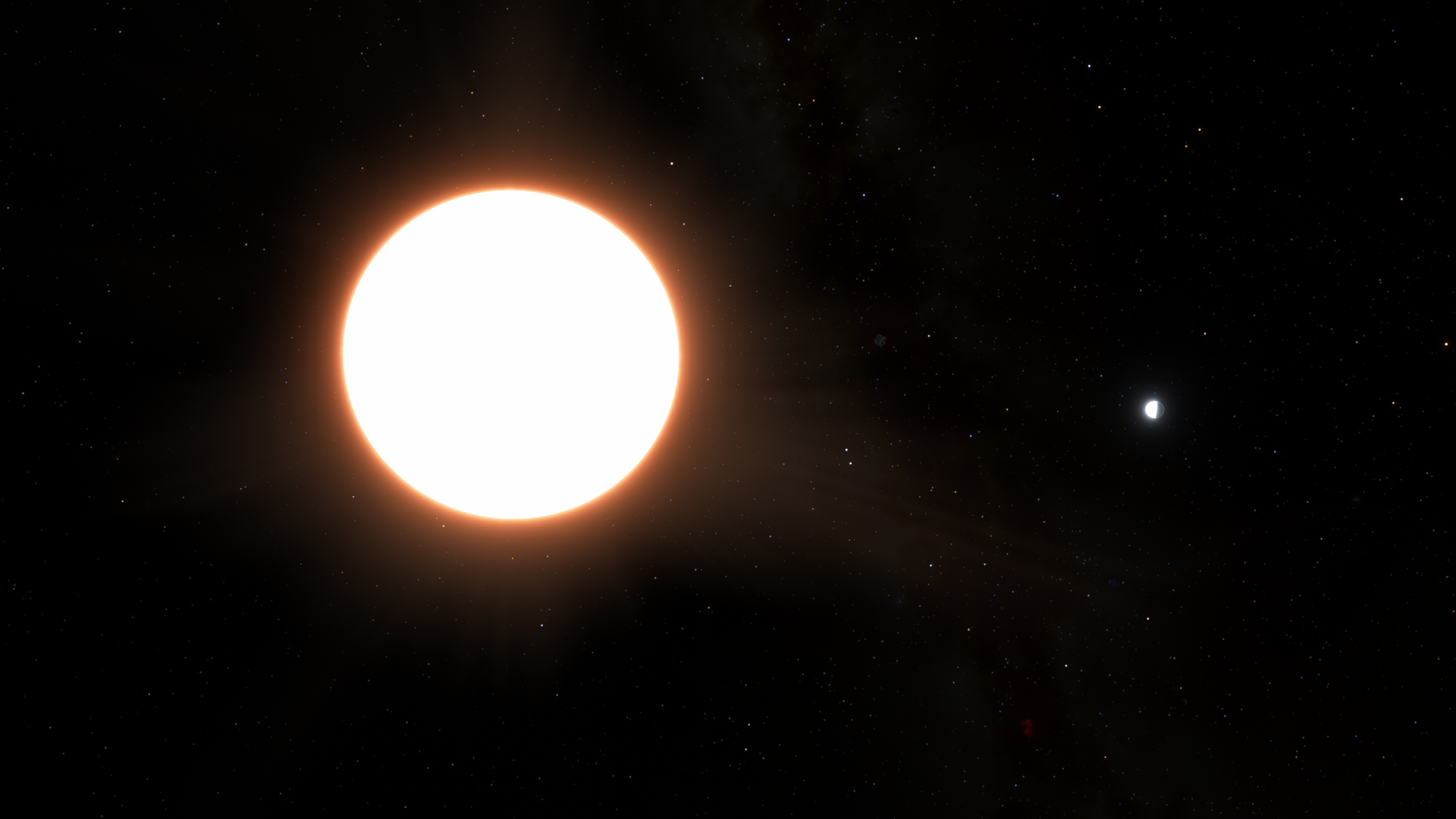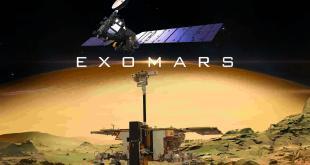
Ibadan, 11 July 2023. – Data from the European Space Agency (ESA)’s exoplanet mission Cheops has led to the surprising revelation that an ultra-hot exoplanet that orbits its host star in less than a day is replete with reflective clouds of metal, making it the shiniest exoplanet ever found.
As a result, for the first time, astronomers have found an exoplanet that can match Venus’ shininess: planet LTT9779b. New detailed measurements by ESA’s Cheops mission reveal that this planet reflects a whopping 80% of the light shone on it by its host star.
The exoplanet is around the size of Neptune, making it the largest “mirror” in the Universe that we know of today, according to ESA. The reason for its high reflectivity is that metallic clouds cover it. These are mostly of silicate – the same stuff that sand and glass are from – mixed with metals like titanium.
LTT9779b’s high albedo came as a surprise because the planet’s side facing its star is around 2000 °C. Any temperature above 100 °C is too hot for clouds of water to form, but the temperature of this planet’s atmosphere should even be too hot for clouds made of metal or glass. Speaking on this, Vivien Parmentier, researcher at the Observatory of Côte d’Azur (France) and co-author of this research, commented, “It was really a puzzle until we realized we should think about this cloud formation in the same way as condensation forming in a bathroom after a hot shower.”
Cheops’ high-precision measurements were a follow-up from the planet’s initial discovery and characterization in 2020 by NASA’s TESS mission and ground-based instruments such as the ESO HARPS instrument in Chile.





